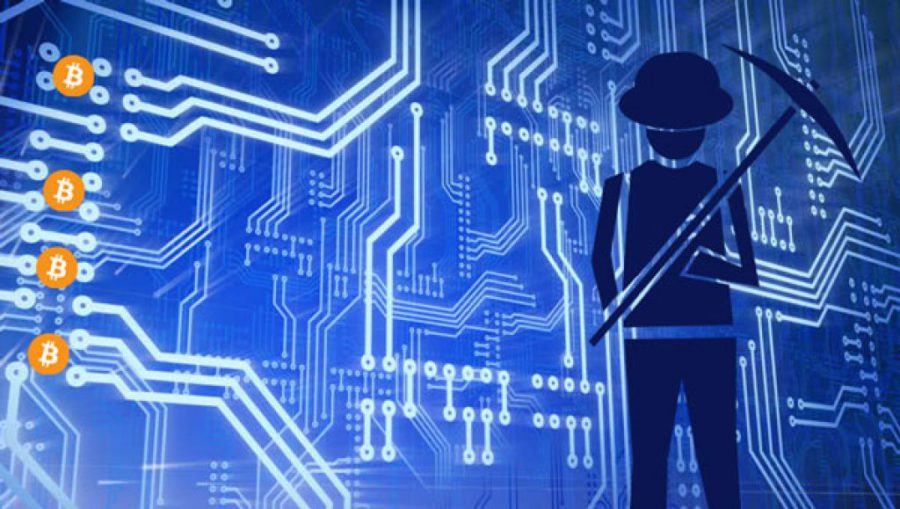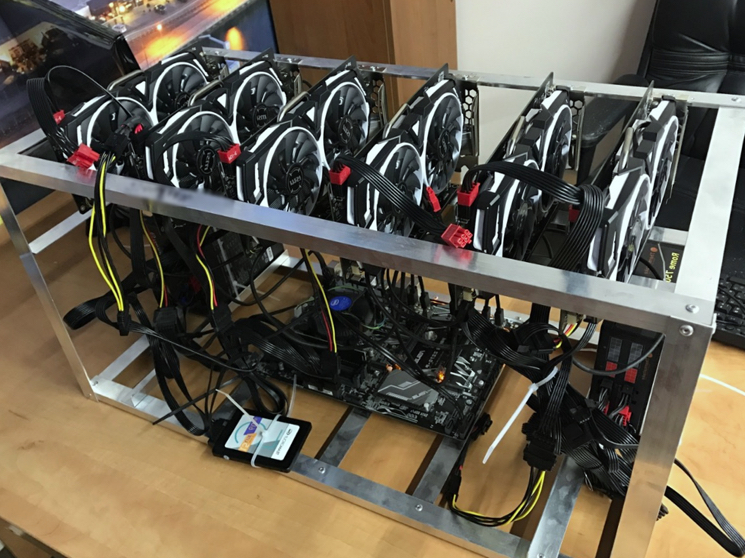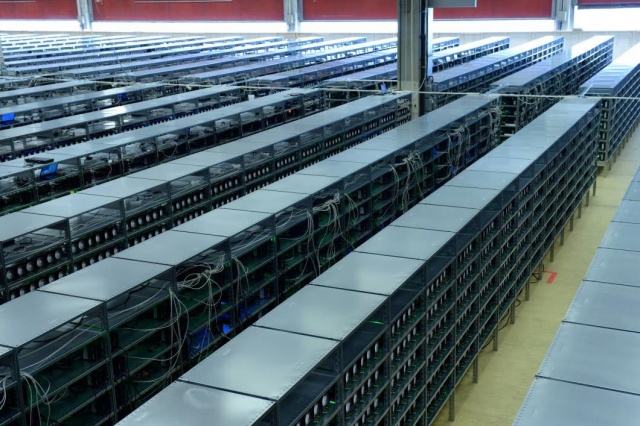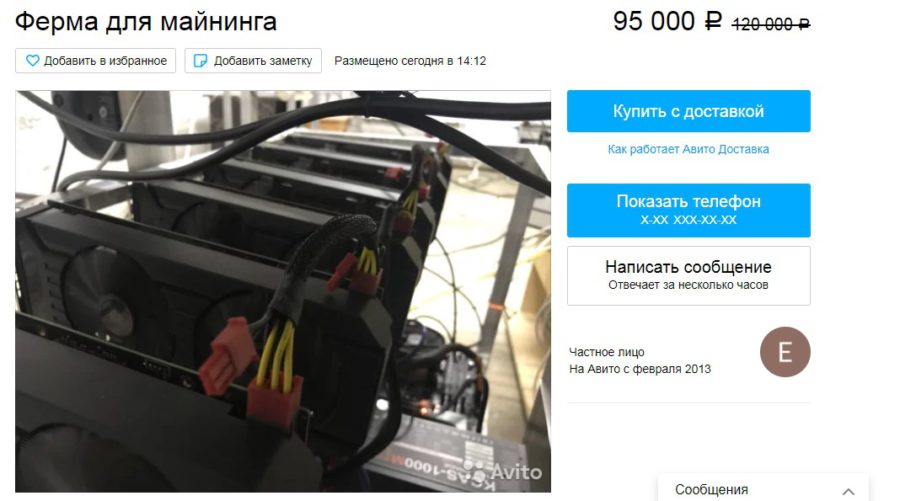We continue to talk about blockchain in simple terms.
In the comments to the previous article, there were many skeptics who spoke in the spirit of the fact that the topic of blockchain is no longer relevant and that it was worth writing about it much earlier, and now no one needs it, the hype has passed, and everything is gone, and something with polymers …
Let me disagree with such statements, since the blockchain as a technology should be perceived somewhat more broadly than coins with a sagging rate, on which one could make a fortune if skillfully speculating in their rates.
In fact, key projects based on blockchain technology continue to work on the development of the technology and on its improvement in order to adapt and implement it in real life.
Therefore, today – a little more about where these same blocks come from, a few words about security, and also about where the blockchain can be useful.
First, a little about security
Security is ensured by the decentralized structure of the network, open source and transparency of the network (availability of information about transactions), so that every member of the network can see everything that happens in it.

Let's imagine that a certain group of miners has appeared, wanting to embed their blocks with a fraudulent task into the network. In order to do this, the block must be built into the network, which means that it is necessary to send this block to the general network, to which each participant has access. Due to the fact that each part of the network has information about all blocks, the new block will not pass verification and will simply be cut off from the network as not meeting the conditions, and therefore not verified.
But in order for a new block to be accepted by the network, it is necessary that the creators of this block control more than 51% of the network and thus have a preferential 'voting right' – if more than 50% of the network accepts the block, then the block is considered verified.
Today, controlling 51% of the network, for example, bitcoin, is a huge computing power, only to provide electricity to which will have to spend billions and billions of dollars per day. And this is not counting the costs of ensuring the very control and functioning of all this 'good'. So today, the possibility of controlling more than 51% of the bitcoin network is more a theoretical calculation than a possible reality.
Yes, it is possible in theory to consider a situation in which the largest associations of miners, the so-called oligopolies, will try to agree on such a demarche in order to take control of 51% of the network. However, the potential losses that these same miners will incur in the event of the discovery of the fact of fraud and, as a result, the collapse of the rate of bitcoin and other cryptocurrencies due to the loss of trust, which is the main resource of the entire blockchain technology, cannot be compared with the possible momentary profit. from such an action.
Mining
So where do the very blocks that make up the network come from?
The process of extracting new blocks is called 'mining', which in direct translation from English means mining. If we are talking about new blocks in the chain, then this is the activity of creating new structures (blocks). This activity is based on computers solving mathematical problems.

Source: BitGid.com
If you take a block and 'see what it has inside', what it consists of, then you can see that it stores the hash from the previous block, stores transaction data and stores such a parameter as 'nonce'.
In order to generate a new block, it is enough to calculate its hash, which is a fairly simple process with modern computing power of computers, which could easily be taken advantage of by attackers – having large computing power, one could build their own, alternative network in which to implement any task, for example, 'at a certain point in time, collect all the coins from users' wallets and send them to the attacker's wallet'. To prevent this from happening and to protect the blockchain from such manipulations, an artificial limitation was created – it is necessary to obtain a hash that must meet certain parameters and meet certain requirements, for example, there must be 12 zeros at the beginning, or 10, or something else.

And due to the fact that initially we do not know which sequences will give 12 zeros at the beginning of the hash sum, we have no choice but to iterate over the incoming data until we get the required result – those same 12 zeros at the beginning of the hash – the amount.
For this, the 'nonce' parameter is just needed, which is a kind of variable number that is added to the information in the block and which can be changed until you get a hash that meets the previously voiced criteria.
As soon as the required hash is received, you created (mined, calculated) a new block, for the extraction of which a certain reward is provided, for example, in the amount of a certain number of coins.
The presence of this very 'nonce' creates certain, rather high requirements for computing power for the iron mining blocks.
Miners
Those who are mining new blocks are called miners.
Mining requires powerful computing equipment, and the more powerful it is, the faster new blocks are calculated, which is logical. The main parameter by which the computing power of the equipment is assessed is the hashrate, the number of hashes that the equipment processes per second.
It is for this reason that powerful video cards became very popular during the crypto fever, which provided high performance in such calculations. Due to the dramatically increased demand for powerful video cards, from which miners assembled entire crypto farms, combining dozens and even hundreds of video cards, companies such as Nvidia have made unprecedented profits.

Despite the fact that modern video cards are quite expensive, the profit from mining more than covered both the cost of equipment and electricity costs, which, with a large number of video cards, resulted in a significant amount.
However, due to the principle of building networks, which implies the complication of the extraction of each next block, their extraction requires more and more time due to the need to calculate more and more data, which significantly increases the cost of blocks due to electricity costs.
The increase in the cost of mining a block reduces the profitability of mining and makes mining not as profitable as it used to be. If we talk about bitcoin, today it is mainly large companies or associations that can afford to mine new blocks profitably, which can provide industrial scale production with cheap electricity.

One of the ways to solve this problem for simple miners who do not have equipment in industrial volumes was the practice of uniting into so-called mining pools – communities of miners engaged in joint computing to increase the total computing power and increase the probability of successful computation (mining) of blocks.
Due to the fact that success in mining is largely probabilistic, the reward for mining in such pools is usually distributed in proportion to the computing power of the participants' equipment, which means it is proportional to the contribution to the common cause, and not to a specific result.
Conclusion
To date, the demand for video cards has dropped significantly, and many single miners, who for various reasons did not succeed or did not want to unite in mining pools, stop mining, putting farms up for sale in the hope of recouping investments in equipment.

To a greater extent, this applies to those who joined the process quite late, already at the stage when mining has ceased to be an extremely profitable occupation, since those who have managed to recoup their farms and earn decent money on it, in fact, have no need to sell equipment, so how it continues to bring some profit and can almost always be reoriented to the production of other, more profitable coins at the moment, which, despite a noticeable decline in public interest in this topic, continue to appear with enviable regularity.
In the next and last part, we'll talk about where blockchain technology can be used in real life.
